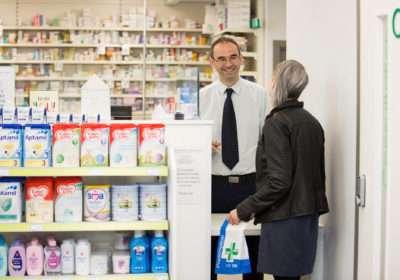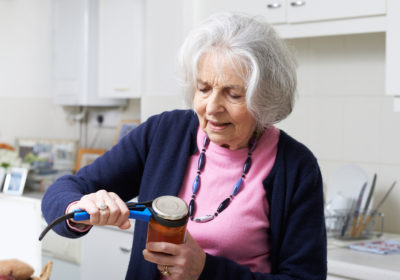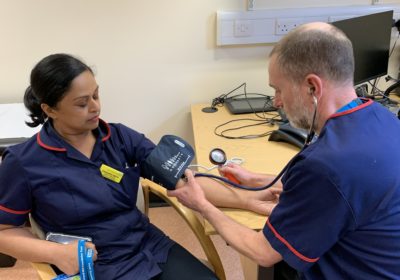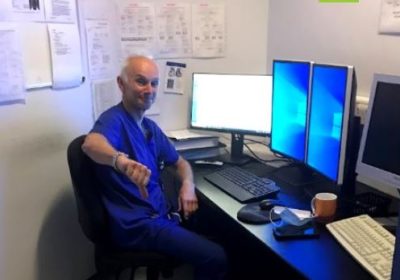The unannounced focused inspection was carried out to look at emergency and urgent care services as part of the CQC’s continual checks on the safety and quality of healthcare services and to ensure the trust had addressed concerns highlighted at an inspection in July and September last year, when it was issued a warning notice.
At this latest inspection in April and May, CQC also inspected some elements of the well-led key question for the trust overall which focused on areas in the warning notice including leadership, culture, information systems and management of risk and performance issues.
Following this inspection, the overall rating for EUC has improved from inadequate to requires improvement. Being safe and well-led have also gone up from inadequate to requires improvement. Effective and responsive were not included in this inspection and remain rated requires improvement. Caring was also not inspected and remains rated as good.
As this was a focused inspection, the overall trust ratings were not re-rated. Therefore, the trust remains rated requires improvement overall and for being safe and effective. Well-led remains rated inadequate, and caring and responsive remain rated as good.
Sarah Dronsfield, CQC deputy director of operations in the north, said: “When we inspected the North East Ambulance Service NHS Foundation Trust, we were pleased to find some improvements had been made since our previous inspection last year, when we issued a warning notice due to our significant concerns. We are mindful that ambulance services are operating under increased pressure and we were pleased to see caring staff, and the trust still working hard to make the necessary improvements during this time.
“At this inspection, we found there had been multiple changes at board level and through our engagement, we know they’ve taken our concerns seriously, and made considerable improvements. However, they need more time to fully understand all the priorities and issues the trust faces, so they can make further improvements to ensure people are receiving a high standard of care.
“We saw some improvements in culture, as the trust has started to develop better systems to receive and act upon feedback they receive, but some staff told us they still didn’t feel they could raise concerns without fear. It’s important the leadership team tackle this as a priority, as everyone should feel they are able to speak up and be listened to. Staff have important information to share that can keep people safe.
“In emergency and urgent care, previously we found issues with the cleanliness of the ambulance stations. At this inspection we inspected 14 stations which were all clean and well maintained. We also looked at cleaning records and found they were all completed with no errors.
“We did however, also see some areas where more needs to be done. There were still issues with medicines management across the trust, including stock levels not being accurately recorded, and some not being stored correctly, putting people at risk.
“We will continue to monitor the trust closely to ensure further necessary improvements are made to keep people safe, and we will expect to see sustainable improvements embedded the next time we inspect.”
Inspectors found:
- The service managed safety incidents well. Staff recognised and reported incidents and near misses and reported them appropriately. Managers investigated incidents and shared lessons learned with the whole team and the wider service. When things went wrong, staff apologised and gave people honest information and suitable support. Managers ensured that actions from patient safety alerts were implemented and monitored.
- The trust had started to address harassment and bullying issues.
- Previously, there were significant issues with capacity for the freedom to speak up (FTSU) team. The trust has now employed additional freedom to speak up guardians. Since the last inspection some staff felt more confident in raising concerns using the FTSU process.
- There were some improvements with information systems and the board had more thorough oversight.
However:
- There were still some issues with incident reporting processes and ensuring consistency with both quality and quantity of reporting trust-wide.
- Further work was required with ensuring the trust meets the regulatory requirements of ensuring duty of candour is adhered to.
- There remains a mixed picture with the overall culture within the organisation.
- Additional time was needed to ensure new information systems and processes were embedded within the organisation.
 In response to the CQC report published today (Friday July 7) NEAS chief executive Helen Ray (pictured) said: “This report is a testament to the hard work and effort that has been made by so many people in different teams across the service on our journey of improvement.
In response to the CQC report published today (Friday July 7) NEAS chief executive Helen Ray (pictured) said: “This report is a testament to the hard work and effort that has been made by so many people in different teams across the service on our journey of improvement.
“I want to thank everyone involved for their determination to keep patients safe and make NEAS a better place to work. The swift action we have taken since the first inspection has ensured we have made good progress, but given the short time since the last CQC report in February, we recognise there is still more to do to embed the changes we’ve introduced.
“The ambulance service and the NHS as a whole has faced unprecedented pressures, the likes of which we’ve never experienced, but we have acted quickly to address the CQC’s concerns and we are now beginning to see the results of this hard work.”
The full report can be downloaded here.






